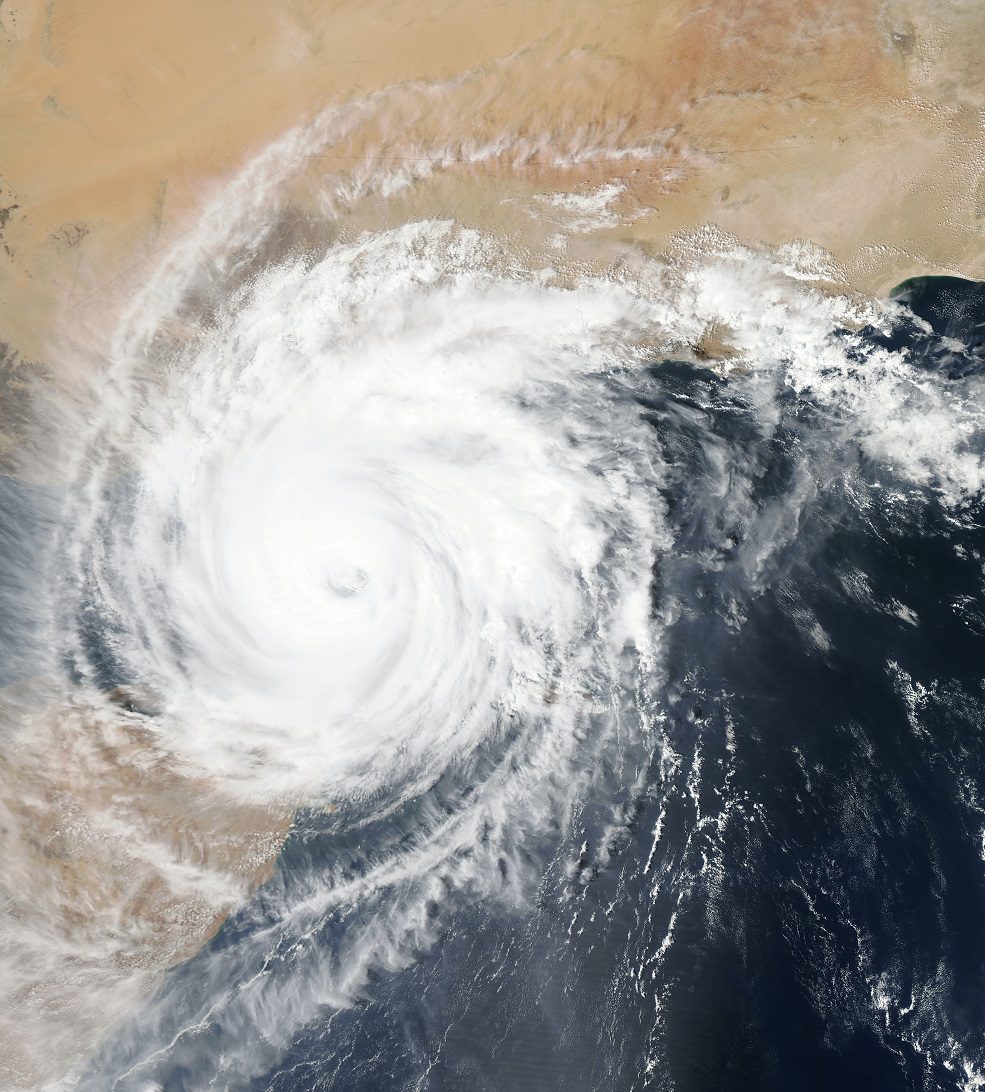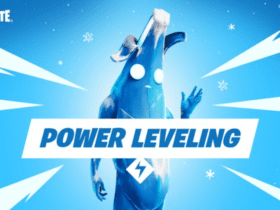Have you ever wondered what’s the deal with hurricanes and how they form? Well, apparently, there’s a reason for anything in nature and…science! One may anticipate that hurricanes, which are known as tropical cyclones in some regions of the world, would cover the whole tropics. The equator, however, is one region of the tropics where hurricanes seldom ever develop. Here’s a good question: why don’t they form in that area?
At the equator, the Earth’s circumference is the biggest. Okay, and how does that make things happen otherwise? Practically, that indicates that everything on the equator is actually traveling farther in the same period of time than anything north or south of the equator on the surface of the Earth. Quite impressive, isn’t it?! Let’s delve into more details!
According to experts, the globe and the atmosphere above it are genuinely moving at a speed of about 1,600 km/h (1,000 mph) right at the equator, and that’s even when the air is calm. Luckily, we have more reasons and terms to discover about that! That movement specifically moves from west to east in accordance with how the Earth spins. Air will still flow fast eastward in comparison to its new surroundings if it goes north of the equator.
Furthermore, that implies that air moving northward from the equator will seem to deviate to the right. Also, the air moving south from the equator, however, will appear to drift to the left. And do you know how scientitsts named such a phenomenon? The Coriolis Effect!
This is how all works: The tropical cyclones’ spin direction is influenced by the Coriolis effect. A counterclockwise spinning motion will be produced in the Northern Hemisphere by air moving to the right, and the converse will be true in the Southern Hemisphere.
Quite fascinating, isn’t it?!
Gary Barnes, a meteorologist who’s now retired from the University of Hawaii, explains:
[…] it is extremely rare for them to form within a few degrees of the equator; […] is very weak near the equator but becomes much stronger as latitude increases.
More details will be available as researchers will continue their work.












Leave a Reply